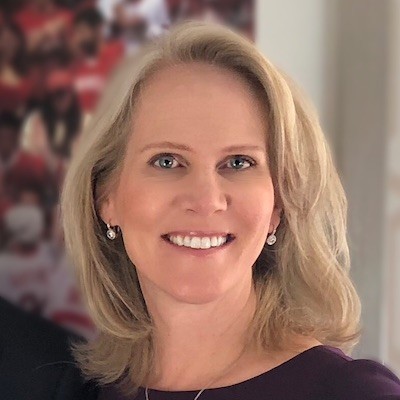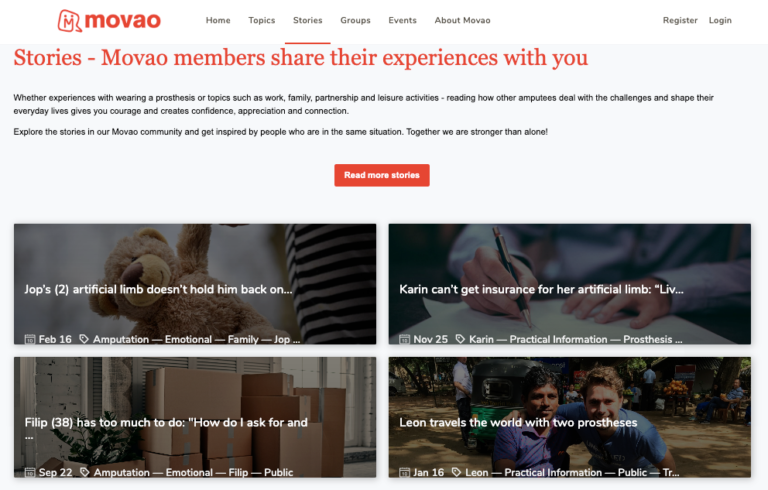Product
Learn more about the all-in-one, most powerful solution for community engagement
Discover how to measure impact, overcome data challenges, personalize experiences, and communicate your community’s value effectively.
Meet our guest speakers:

Sr. Director, Dev Rel & Marketing, Sauce Labs

Executive Director, Cornell Hotel Society
Building trust and growing your community requires communicating your impact, but measuring impact isn’t always straightforward. Your choice of success metrics should not only hold you accountable but also tell your community’s story.
Here, we’ll explain how to identify your community’s success and demonstrate its impact quantitatively and qualitatively.
Quantifying your impact involves many considerations, including:
The health of your community
The quality of member sentiment
The engagement of your audience in events
Let’s take a closer look at how you can measure each one!
The first step to understanding the impact of your community is to take a holistic view of its overall health. You can do this by looking at various metrics such as activity, reach, and overall growth—to do this we recommend you use the following metrics:
Traffic metrics
Activity metrics
In order to dive deeper into engagement, it is necessary to have a good understanding of your community’s overall health. Often, this means looking at things like how often members log in, what kind of content they interact with, and how long they spend in the community.
However, engagement has been watered down (especially with the community boom) so we want to dig deeper by looking at sentiment metrics. The better you understand your members’ feelings, opinions, and attitudes toward your community, the better you can shape their community experience.
Targeted feeling:
Belonging
Metrics:
Targeted feeling:
Importance
Metrics:
Targeted feeling:
Security
Metrics:
Targeted feeling:
Happiness
Metrics:
Event metrics:
Discover how creating a sub-community around your flagship events can boost reach and impact.
Traditionally, organizations have focused on quantitative data, but not everything can be reduced to a number. There is just as much value in qualitative data as quantitative data. Qualitative impact allows you to elevate, champion, understand, and tell the stories of your members.
Ask for member stories! These are simple but powerful narratives that highlight how your community has made a positive difference in someone’s life. Stories like these are invaluable when it comes to showing the impact of your work.
Ottobock is a med-tech company continually specialized in prosthetics and orthotics. Its community, Movao, connects amputees using its products.
The team running the community has created a stories page where community members share inspiring stories about their life:

Asking your community members directly is another great way to measure the impact of your community. You can do this through surveys,polls, one-on-one interviews, or focus groups. This method is especially useful if you want to get feedback on specific initiatives or programs.
Correlating data is critical. Correlation can tell if two variables have a linear relationship, and the strength of that relationship.
If someone doesn’t attend any of your community’s events in the coming year, how likely are they to renew their membership? If you compare this to someone who attends an event, you might be able to predict how likely they are to resubscribe the next year. You can use this information to focus on initiatives that have the greatest impact when two variables are correlated.
Invest time in understanding and measuring your community’s impact across your organization by working with other departments. If, for example, your community strives to improve products, you must work closely with the Product and Customer Success Teams to determine how many ideas are implemented, how they affect customer satisfaction, and how they influence new customers.
Measuring impact is often imagined to be far more complicated than in practice. The best place to start is with your members and what impact you want to make for them. Remember, the most important thing is to keep your community’s goals top of mind and apply a rigorous methodology when evaluating your chosen metrics. For inspiration, check out how Pavilion leveraged Hivebrite’s integrations to gain valuable insights into their members’ engagement patterns.
Looking to build, expand, or increase engagement in your community? Explore resources from our community experts: